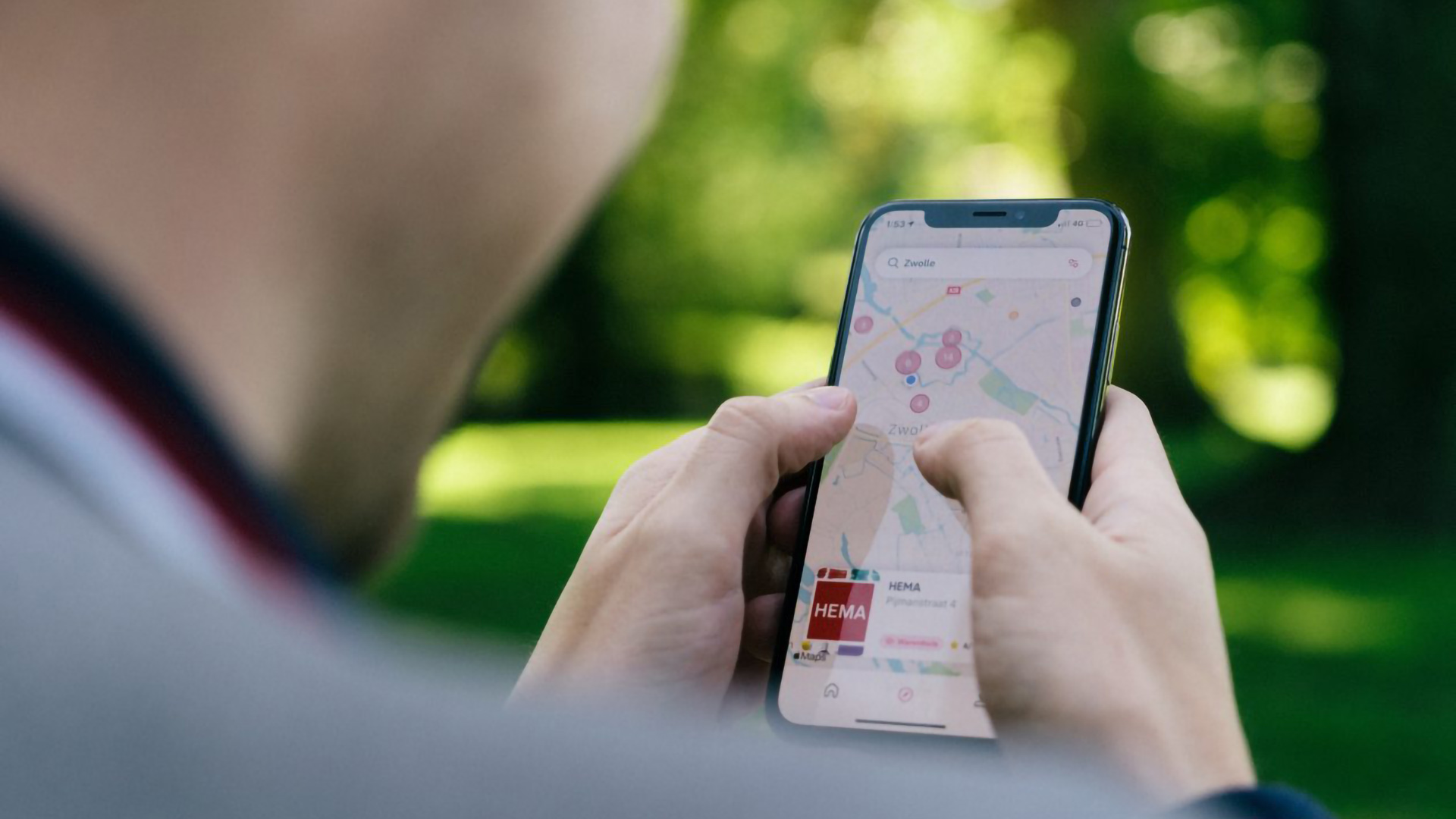Data sets
Learning Your ABCs From Your AAIDs: Understanding Mobile Data
- By Boris Guennewig
- No Comments
24 Feb

It’s hard to even remember what life was like before smartphones.
The launch of 3G, then 4G networks, coupled with the development of ARM microprocessors saw mobile phones transform from single-dimensional devices into miniature computers in just a few years.
As we know, where there is digitisation, there is data – and mobile data has emerged as a rich form of data for advertisers and marketers looking to find on the go customers.
So how is mobile data collected? And how can you use it to find new customers?
How is mobile data collected?
Mobile data is mostly collected in two ways. If a phone is operating Apple’s iOS system, the Identifier for Advertising (IDFA) is used to track a user’s activity for advertising purposes. On Android devices, Google’s Advertising ID, the AAID, is used to build a unique user profile. Like a third-party cookie, the IDFA and AAID is used by advertisers to target and measure the effectiveness of ads.
Given the sophistication of smartphones, mobile data can come in many different forms. It might be data from the device itself, such as GPS, from apps that are downloaded to the device (known as native mobile) or from web browsing.
Given the pervasiveness of smartphones, this data is very rich and can be used in multiple ways. For example, it could be possible to build a segment based on people who wake up early, using data from a phone’s alarm clock. This could then be used to sell products or services that are of interest to these ‘early risers’. Alternatively, GPS data can be used to target customers in real-time with optimal timing.
A connected world
The rise of mobile has – to some extent – come at the detriment of web browsing. In 2016, StatCounter revealed that global mobile and tablet browsing had reached 51.3 percent, meaning that mobile had surpassed desktop as the preferred channel for the first time. As of January 2021, StatCounter has mobile at 55.55 percent and desktop at 41.61 percent.
With usage divided between mobile and desktop, marketers now face the challenge of marrying up data from multiple devices. With cookies having traditionally limited effectiveness on mobile and IDFA/AAID existing specific to mobile, the data used to target new and existing customers is very device based.
If this data is successfully combined, user profiles can become incredibly rich and effective for advertisers. But this is easier said than done.
It’s for this reason that marketers are now talking about people-based marketing, as a way to move past the dependency on devices and start building user profiles that show facts about an actual person, not how they use a device.
With third-party cookies set to be deprecated by Google by next year and with Apple currently finalising the removal of the IDFA, the need to move from devices to individuals has never been greater.
At smrtr, we are constantly sourcing behavioural data, particularly ‘second party data’ which we source from companies that are looking to commercialise their data sets. This can be used to build relevant audience segments that are compliantly onboarded into digital environments.
This is why we are all about people based marketing. We focus heavily on ‘offline’ behavioural data – such as transactions – to help us paint a picture of an individual’s traits and characteristics, rather than their online browsing habits. As we are able to anonymise all of this data and provide it in an aggregated manner, we can protect an individual’s privacy while still helping our partners find valuable new segments.
Our data universe covers compliantly sourced demographic, socio-economic, transactional and location information of 16 million Australians, which can be used to help you find the right customers.
To find out more contact us and we’ll be in touch by the next working day.
By Boris Guennewig, Co Founder & CTO at smrtr



